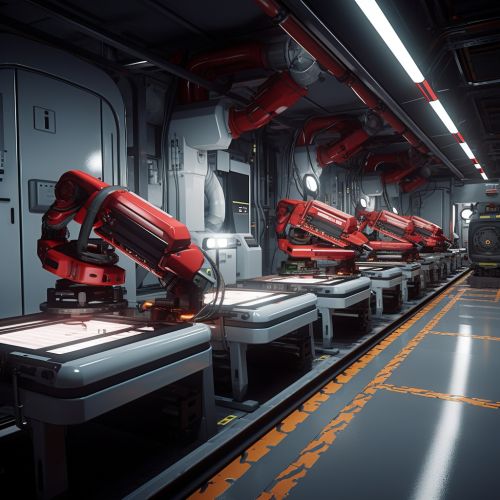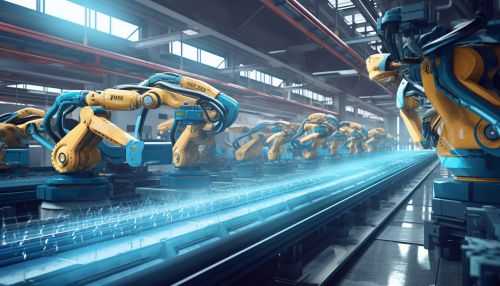The Role of Computer Vision in Automated Manufacturing Processes
Overview
Computer vision, a subfield of artificial intelligence (AI), plays a pivotal role in automated manufacturing processes. It involves the acquisition, processing, and interpretation of visual data to enable machines to perceive and understand the environment. This technology is increasingly being integrated into manufacturing systems to enhance productivity, improve quality control, and reduce costs.


Role of Computer Vision in Automated Manufacturing
Quality Control
Computer vision is extensively used in quality control processes in manufacturing. Automated inspection systems equipped with computer vision technology can detect defects and irregularities in products with high precision and accuracy. These systems can analyze product images, compare them with standard models, and identify any deviations. This reduces the need for manual inspection, thereby minimizing human error and increasing efficiency.
Assembly Verification
In assembly lines, computer vision systems are used to verify the correct assembly of components. These systems can check whether all parts are present and correctly assembled, ensuring the quality and functionality of the final product. This is particularly useful in industries such as automotive and electronics, where complex assemblies are common.
Guiding Robots
Computer vision is integral to the functioning of industrial robots. It allows robots to perceive their environment, recognize objects, and carry out tasks such as picking and placing items. This technology is especially useful in tasks that require high precision, such as welding or painting.
Barcode and Text Reading
Computer vision systems can read barcodes and text on products, enabling automated tracking and inventory management. This helps in maintaining accurate records of products, reducing the chances of errors and discrepancies.
Advantages of Using Computer Vision in Manufacturing
Computer vision offers several advantages in manufacturing processes:
- Increased Efficiency: Automated systems equipped with computer vision can perform tasks faster and more accurately than human workers, leading to increased efficiency.
- Cost Reduction: By reducing the need for manual labor, computer vision can significantly cut down labor costs.
- Improved Quality Control: Computer vision systems can detect defects and irregularities with high precision, ensuring the quality of products.
- Enhanced Safety: By taking over hazardous tasks, computer vision systems can enhance worker safety.
Challenges in Implementing Computer Vision in Manufacturing
Despite its numerous advantages, implementing computer vision in manufacturing processes comes with several challenges:
- High Initial Costs: The initial cost of setting up computer vision systems can be high, making it a significant investment.
- Technical Complexity: Implementing and maintaining computer vision systems require technical expertise, which may not be readily available in all organizations.
- Data Privacy Concerns: The use of computer vision involves the collection and processing of large amounts of data, raising concerns about data privacy and security.
Future of Computer Vision in Manufacturing
The future of computer vision in manufacturing looks promising, with advancements in AI and machine learning expected to further enhance its capabilities. Future applications may include more sophisticated quality control systems, advanced robotic guidance systems, and more efficient inventory management systems.
